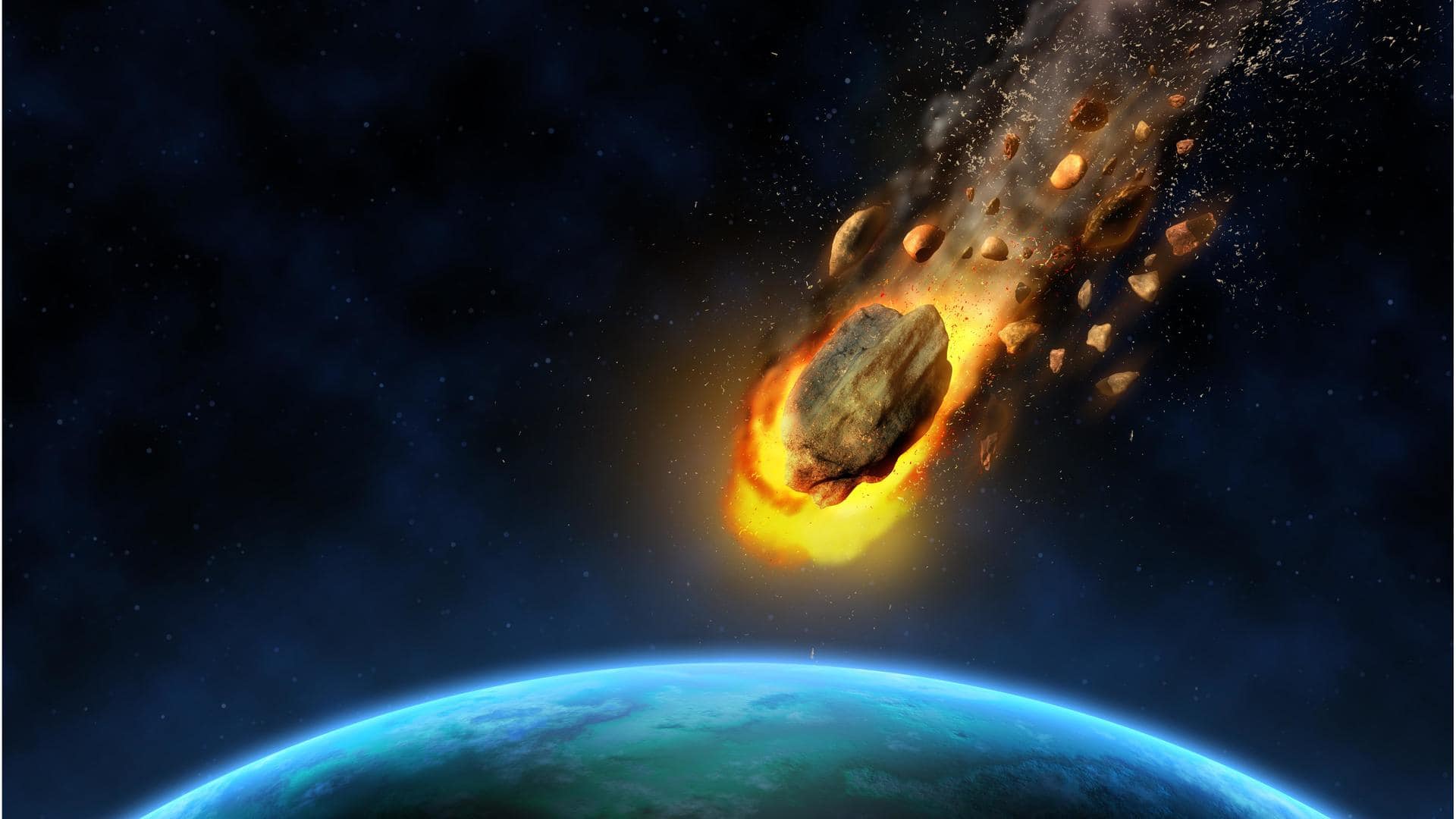
After 2 asteroids yesterday, 3 more are approaching Earth today
What's the story
The National Aeronautics and Space Administration (NASA) has tracked five asteroids hurtling toward Earth in the second half of July.
While two of them closely crossed the planet on July 19, three more are expected to do the same on July 20.
Experts say that the size of these celestial bodies ranges from that of a car to an airplane!
Warning
NASA keeping a close eye on asteroids to avoid threat
The team at NASA, along with the folks at the National Oceanic and Atmospheric Administration (NOAA) is currently keeping a close eye on the upcoming asteroids to rule out chances of any potential threat.
As of now, they haven't issued any warning, hinting that there isn't any immediate danger on the horizon.
These asteroids may closely pass by but are still distant.
Asteroids
House-sized, airplane-sized asteroids crossed us on July 19
On July 19, two asteroids namely Asteroid 2023 OA and Asteroid 2023 NE1 made a close approach.
Asteroid 2023 OA was the size of a house with an estimated measurement of 58 feet. It flew past the planet at a distance of approximately 1,470,000 miles (2,366,000 km).
Asteroid 2023 NEI, which passed by at 3,030,000 miles, was an airplane-sized giant rock of 190 feet.
More
3 house-sized, car-sized, and airplane-sized asteroids pass by Earth today
NASA's Asteroid Watch tracking system indicates the arrival of three more asteroids on July 20.
Asteroid 2020 OM is a house-sized asteroid of 44 feet, making its closest approach at 2,020,000 miles.
Asteroid 2022 GX2, which is a car-sized asteroid of 15 feet, will fly at 2,840,000 miles.
Finally, Asteroid 2023 NL is an airplane-sized asteroid of 140 feet, passing by at 4,550,000 miles.
Previous
A 20-story-building-sized asteroid 'dangerously' passed by Earth; scientists didn't notice
On July 13, a mammoth asteroid the size of a 20-story skyscraper flew past the planet.
Surprisingly, scientists didn't notice it until July 15 despite it flying closer to Earth than the moon!
Named 2023 NT1, it traveled at a speed of 53,000 mph (86,000 kmph) and was first spotted by a telescope in Asteroid Terrestrial-impact Last Alert System (ATLAS) in South Africa.